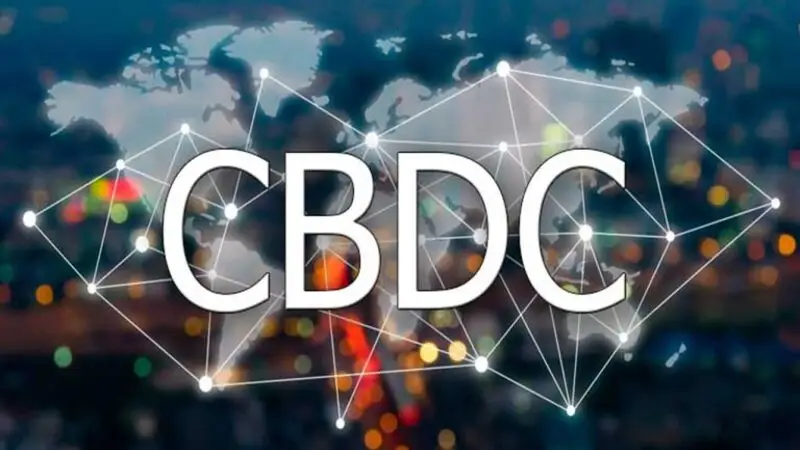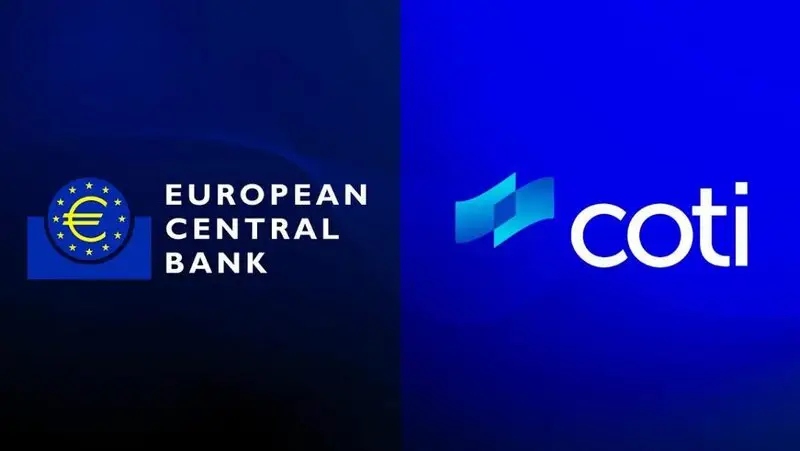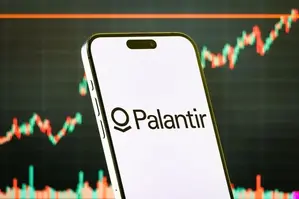The digital euro project is now moving forward as the European Central Bank has, you know, recently selected COTI Network to be a partner in their ongoing testing process. At the same time, right now, there are also some pretty significant central bank digital currency risks being highlighted by U.S. officials. And this kind of regulatory uncertainty seems to be, well, causing quite different approaches across the Atlantic.
Also Read: De-dollarization: Devere CEO Warns Dollar Supremacy Cracking as Asia Dumps USD
Central Banks Navigate Digital Currency Landscape Amid Security and Regulatory Concerns

ECB Partners With COTI for Digital Euro Testing

At the time of writing, the European Central Bank is currently working with COTI Network on this whole digital euro sandbox program thing. And this partnership is, like, an important step in the ECB’s exploration of central bank digital currency implementation. The project currently involves around 70 private entities and such, all working on potential solutions for the digital euro.
Shahaf Bar-Geffen, COTI co-founder and CEO, stated:
“Being invited to work with the ECB on such a consequential project is humbling, and a testament to the expertise and hard work of the COTI team. Privacy is a vital component for the future of Web3, ensuring users’ security and organizations’ compliance, and the same benefits apply to CBDCs.”
Also Read: $280 Price Target Projected for Amazon Stock (AMZN)
U.S. Treasury Opposes Digital Dollar Implementation

In contrast to all this digital euro progress happening in Europe, U.S. Treasury Secretary Scott Bessent has actually recently expressed some pretty strong opposition to implementing a CBDC in America. And so the regulatory uncertainty around digital currencies continues as different nations are taking very different approaches to this whole concept.
Scott Bessent, U.S. Treasury Secretary, said during Congressional testimony:
“We believe that digital assets belong in the private sector, and my personal view is that having a central bank digital currency is a sign of weakness, not strength.”
Nicholas Anthony, who is a policy analyst at the Cato Institute, also noted:
“The executive order is not permanent, so things can change with the next administration. Things can [also] change rapidly if there’s an emergency, like a recession, and policymakers start reaching into the depths of the toolbox.”
Global CBDC Development Continues
Even while the U.S. is kind of pushing back against digital dollar implementation, there are actually over 100 countries that are currently researching or developing CBDCs of their own. And the digital euro testing with COTI Network is scheduled to continue through 2025, addressing various concerns about security risks and privacy in central bank digital currency systems.
The ECB is aiming to use the digital euro project to create, you know, safe payment options across the Euro Area, with sufficient scale for a €15T economy. Meanwhile, this regulatory uncertainty remains a key challenge for CBDC adoption globally, and such.
Also Read: Nvidia Chip Export Restrictions: CEO Warns Legislation Could Impact NVDA Stock






